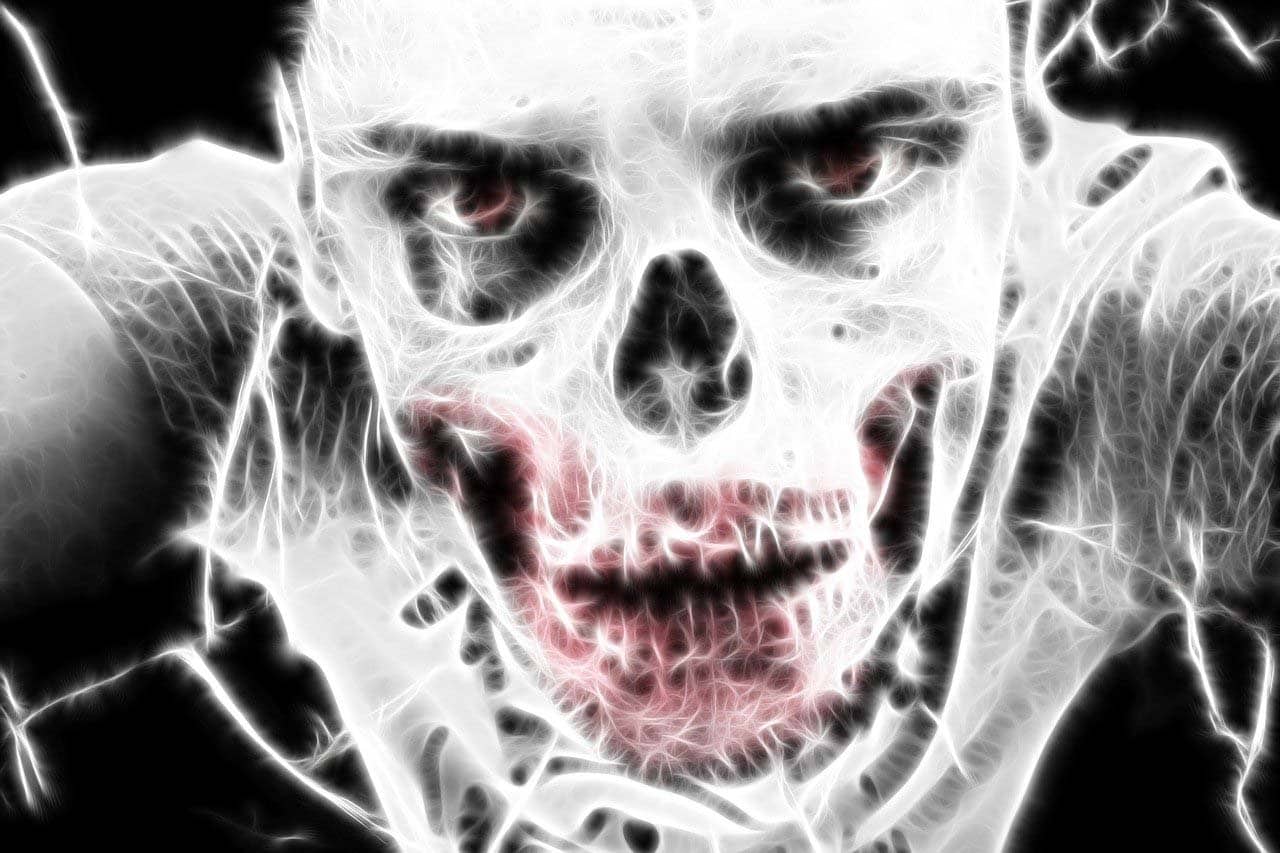Body horror is a subgenre of horror that has a unique style and a dedicated following. It is both disgusting and personal, dealing with themes of helplessness, loss of identity and transformation.
To write body horror, focus on sensory detail. Engage all five senses by describing the sights, sounds, smells, feelings and tastes of the grotesque transformation taking place in a character’s body. Also, focus on the character’s helplessness to prevent what is happening and how it impacts their sense of identity.
Body horror fans are a tough lot. This type of horror story is often stomach-turning and takes a thick skin to wade through. Still, body horror stories are their own unique art form. They often contain very intelligent social commentary and observations about the human condition. If you are interested in writing body horror, or even just exploring it a little, then read on.
What is Body Horror?
As the name suggests, body horror is all about horrible things happening to your body. These can be mutations, a strange disease, weird transformations or just about anything unsettling and unpleasant.
Imagine a giant parasite burrowing into your body and taking up residence. How would you go about your day-to-day life with your new neighbour? That’s an example of body horror. Another example is watching your body slowly rot as a strange disease takes over – and there is nothing you can do.
Body horror is about feeling helpless. It’s about losing your identity, your dignity, and your comfort zone. What would you do if you suffered a serious disfigurement that made it impossible to continue living the way you have been? This is the kind of question raised by body horror. It may also explore the idea of being controlled by someone else. For example, a person whose limbs are removed by surgery so that an evil doctor can see how they react.
The goal of body horror is to gross you out while exploring the boundaries of your identity. Body horror is not simply gore. If a person gets stabbed and their guts spill out, that isn’t body horror, that’s just gory. If a person sheds their skin and turns into a werewolf, that also isn’t body horror. That’s just transformation. It has to be an involuntary and disturbing transformation to classify as body horror.
Body horror is when your body does something on its own that you do not expect and have no control over. Like if an eye suddenly appeared on your hand.
The Purpose of Body Horror
There are all kinds of things you can say about body horror but, at its heart, its purpose is just to gross you out. That’s it. All other meanings come later.
You can explore the idea of losing control of yourself and becoming something grotesque all you like, but if it isn’t disgusting, it fails as body horror. If a person were to grow butterfly wings, that might tick all the right boxes to be body horror, but it’s not. It just isn’t disgusting enough.
Instead, you have to have a person grow two lumps on their back. Over time, the lumps to gangrenous and weep pus. An awful smell arises from them and they cause excruciating pain. Later, dark veins spread out from them as the victim’s torment rises to its peak. Finally, the lumps burst open and two diaphanous wings of skin-like material emerge as blood and fluid weep from the wounds. The victim feels simultaneous relief from the pain and revulsion at the new feeling of two grotesque butterfly wings sprouting from their back.
Do you see the difference? It has to be utterly repulsive and make your skin crawl.
Once you have the disgust factor handled, then you can move on to other meanings.
Helplessness
One of the most common themes found in body horror stories is the feeling of sheer helplessness that the protagonist faces. As the victim loses control of their body, they also discover that their attempts to stop it are futile.
An example of this is the David Cronenberg film The Fly. Jeff Goldblum plays a scientist who is experimenting with matter transportation. One day he attempts to transport himself, but a fly gets into the teleportation chamber and then its DNA gets fused with the scientist’s. From then on, the scientist slowly transforms into a creature that is half human and half fly.
Jeff Goldblum’s transformation happens slowly and is quite disgusting. At first, he loses fingernails and later whole patches of flesh come away from his face. He knows what is happening to himself but is unable to do anything about it.
This is what brings out the sense of horror. He is undergoing a terrifying transformation with no idea how it will turn out, and there is nothing he can do to stop it.
The Fly was heavily influenced by Franz Kafka’s “The Metamorphosis”. This is the story of a man who slowly transforms into a giant bug. There is no explanation as to why it’s happening. It’s just an art thing. The story is about the experience of transformation. Although it’s not gory or grotesque, this story is sometimes cited as an early example of body horror.
The Gory Details
Body horror is usually better suited to film; just because, we need to see it to be grossed out. It is a visual style of horror. That doesn’t mean it can’t work in written form, though. With the right descriptions and an emphasis on your five senses, you can write something truly stomach-turning.
Sensory detail is key. Describe what the character sees, hears, smells, tastes and feels. If there is a weird lump growing on the protagonist’s body, describe what it feels like. Does it move? Is it under pressure like it’s going to erupt? What about smell? Is there a particular odour coming from it? If the protagonist touches the lump, is it like jelly, or is it firm?
You get the idea. Describe the horror through the character’s sensory experience. Don’t give a direct description. That’s often dull and doesn’t shock the reader. You can write that you saw a dead cat by the side of the road, and it just isn’t effective. Instead, write that you saw what looked like a handbag with streamers and jelly spilling out, that, as you moved closer, resolved into the features of a cat. That’s much more disgusting.
Use descriptive words for your sensory experience. For example, how many ways can you describe an octopus tentacle? Is it slick, slimy, gelatinous, or maybe snail-like? How does it move? Does it curl and wave like a slug seeking shelter? Maybe it shrinks up on itself only to expand a moment later? These are all details you can use when describing body horror.
If you write that a man’s arm drops off and a tentacle emerges, it won’t be as effective as writing that his arm dropped off and a slick, slimy, gelatinous protrusion emerged from the stump that grew into a snail-like tube. It shrank in on itself only to expand a moment later as it curled and waved as if looking for shelter.
Final Thoughts
Body horror is a genre that focuses on personal fear more than other genres. It explores what it’s like to be a prisoner in your own body and how we base our identity on that body. It is so much more than just a gory story, but it’s fun to see how gory you can make it and still write a great story.





